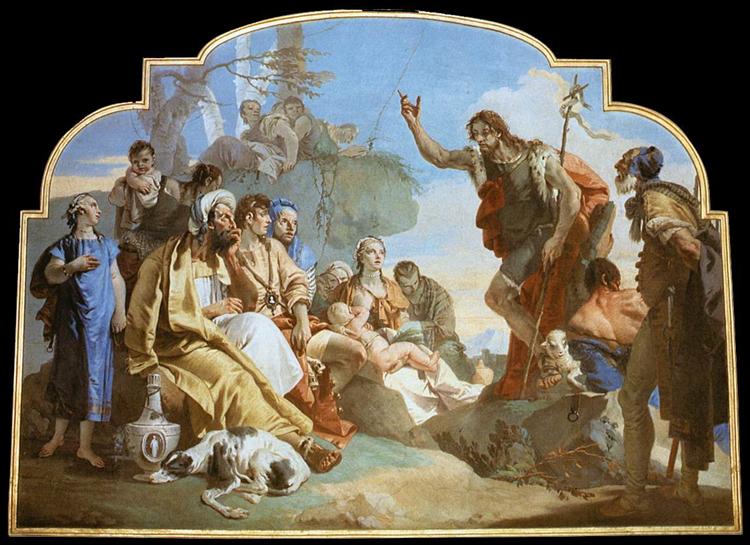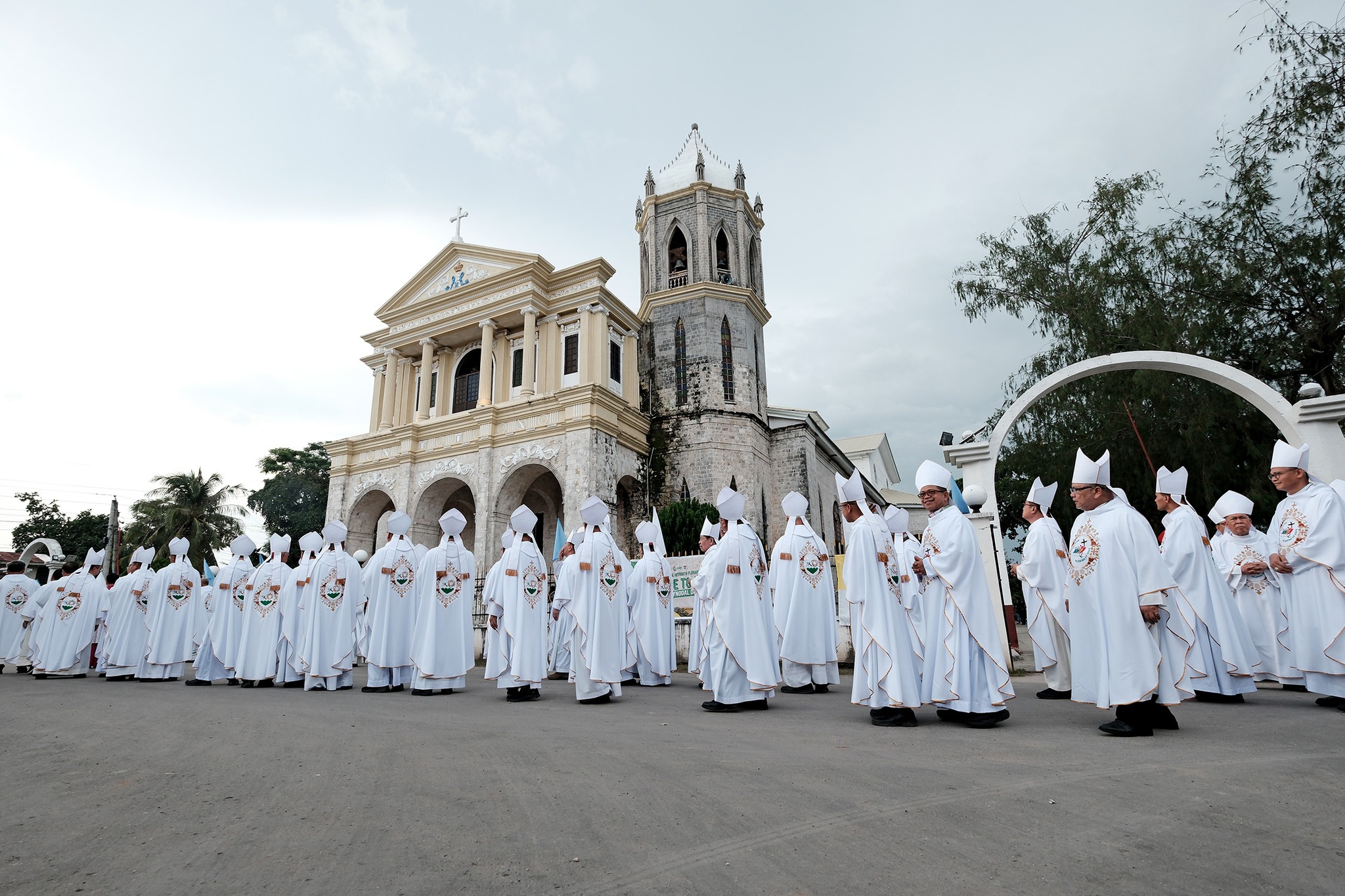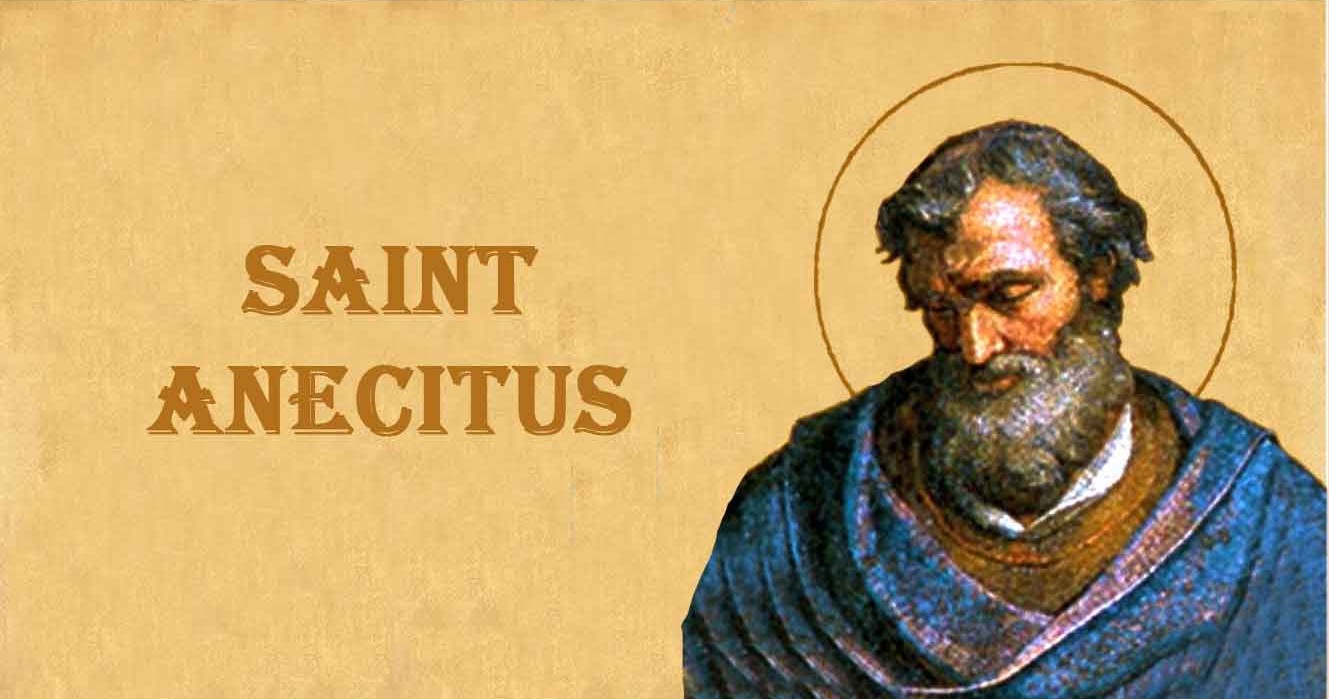Jijo Kandamkulathy, CMF
Claretian Publications, Macau
Mt 3:1-12
2ND WEEK OF ADVENT – YEAR A
Every year on the second Sunday of Advent, the liturgy offers us the preaching of John the Baptist. He prepared the people of Israel for the coming of the Messiah. So, also today, he teaches us to welcome the advent of the Lord. Today, as then, the most difficult step to take is to understand the need to get out from where we are settled in, leave the false religious and theological security that we have constructed, and welcome the newness of God’s word.
Before we delve into the details of John’s preaching, I would like to draw your attention to the metaphors that are used to refer to John the Baptist. He is referred as “a voice crying out in the wilderness.” Some translations say, “the voice of the one crying out in the wilderness.” This is less accurate when you compare it with the original. Why is someone referred to as a voice? The voice has a fleeting nature. Once something is pronounced, it vanishes and, in the wilderness, it vanishes even without an echo! In those days, we did not have voice recording systems. This indicates the purpose of John. He was there only to announce the coming of the Messiah and vanish from the scene. This is also the mission of every Christian. Like a voice, we need to announce the Messiah to the people and vanish from the scene.
Going back to the mission of John the Baptist, not everyone responded well to the invitation of the Baptist. Not all were willing to work a radical change of heart. The Pharisees and Sadducees, for example, while intrigued by the preaching of John, found it hard to get involved. They did not trust him but preferred to keep their certainties (vv. 7-10). They thought they were already right with God for the fact of being children of Abraham.
The reproach with which the Baptist welcomes Pharisees and Sadducees is severe: “Brood of vipers!” He compares them to snakes that inject their poison of death in those who inadvertently come close to them. Then he moves on to the invective, the announcement of disasters that are about to hit them. They run the risk of being cut off like a tree that does not bear fruit and of being burnt like chaff. We are faced with dramatic images that seem to refute the dream of Isaiah in the first reading.
The tone is threatening, and it is not surprising on the lips of John the Baptist. The preachers of that time expressed themselves that way. This is the language that often appears in the Bible. In the context of the whole gospel, the words of the precursor take on a meaning that goes beyond the immediate.
When he spoke of God’s wrath, John had no clear idea of how it would manifest. The wrath of God is an image that recurs often in the Old Testament. It is not intended as an explosion of hatred on the victim. It is an expression of God’s love: he is fighting evil, not the person who does it. He does not want to hit the person but to free each one from sin.
The axe, which cuts the trees at the root, has the same function given by Jesus to the scissors pruning the vine and freeing it from useless branches that deprive it of precious sap and suffocate it (Jn 15:2). The trees uprooted and thrown into the fire are not the people that God always loves as children but the roots of evil that are present in every person and in every structure, and need to be cut to pieces so that the healthy ones can sprout more buds (Mt 3:10).
The cuts are always painful, but those done by God are providential. They create the conditions for new branches to sprout and produce fruits.
The fan, finally, with which the Lord realizes his judgment, is a living image. It describes the way in which God screens the work of every person. In human courts, judges take into account only the errors and pronounce judgment on the basis of the harm done. They take little account of good works. In the judgment of God, the exact opposite happens: he, with the winnowing fan of his word, puts every person under the discerning breath of his Spirit that blows away the chaff and leaves only the precious grains on the threshing floor—the works of love, few or many, that each one had performed.
(Indebted to Fr. Fernando Armellini SCJ for the textual analysis)
(Image: John the Baptist Preaching. Artist: Giovanni Battista Tiepolo (1696-1770). Source: Wikimedia Commons)


 Follow
Follow


